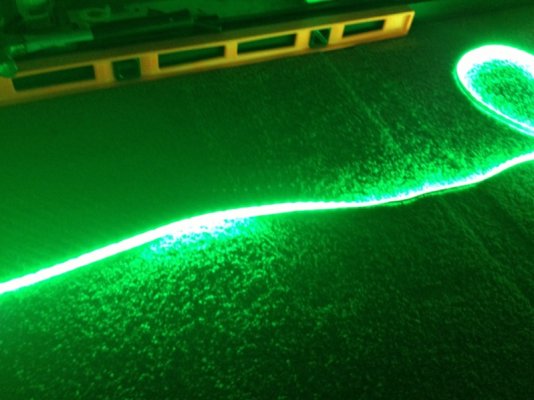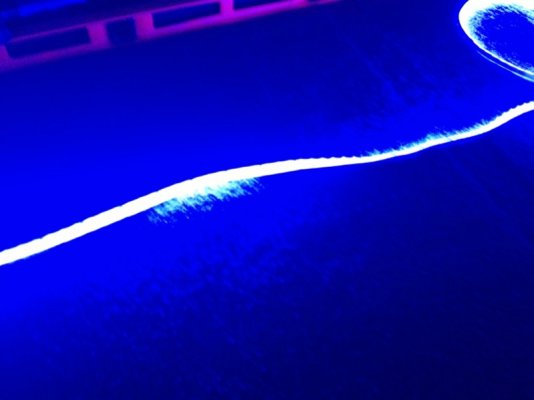MJSerik
Aquarium Advice Freak
They're called lunalata's or something. Really cool




I don't think there are any lion fish native to the Atlantic ocean, http://www.neaq.org/animals_and_exhibits/animals/lionfish/ Picture looks to me like a red volitans. Atlantic Coast of USA: Lionfishes have been established from Miami to North Carolina since 2002. They established in the Florida Keys in 2009. Although present in Atlantic waters north of North Carolina, they are not likely to survive cold winter temperatures. Gulf of Mexico: Other than the anomalous Treasure Island specimen (see Schofield 2010), the first confirmed specimens of lionfish taken from the Gulf of Mexico were in December 2009. Sightings of lionfishes are becoming common in the northern Gulf of Mexico, especially associated with artifical reefs (including oil/gas platforms). Bermuda, Bahamas, Turks and Caicos and Cayman Islands: Lionfishes were numerous in Bermuda by 2004 and established in the Bahamas by 2005, the Turks and Caicos by 2008 and the Cayman Islands by 2009. Greater Antilles: Lionfishes are established off all islands in the Greater Antilles (Cuba [2007], Jamaica [2008], Hispañola [Haiti and the Dominican Republic; 2008] and Puerto Rico [2009]). Lesser Antilles: Lionfish presence has been confirmed throughout the leeward and windward islands. For more details, see Schofield (2010). Caribbean coasts of Mexico, Central and South America: Lionfishes are established from Mexico through Venezuela (Mexico [2009], Belize [2009], Honduras [2009], Nicaragua [2010], Costa Rica [2009], Panamá [2009], Colombia [2010], Venezuela [2010]).
This is a Radiatas, Indo Pacific fish.
Stock list currently is going to be volitan lion, miniatus grouper, Niger trigger, narrow lined puffer, dogface puffer, spotted grouper, and a zebra eel. I'm looking to get a couple more larger fish. Any suggestions??
Stock list currently is going to be volitan lion, miniatus grouper, Niger trigger, narrow lined puffer, dogface puffer, spotted grouper, and a zebra eel. I'm looking to get a couple more larger fish. Any suggestions??
